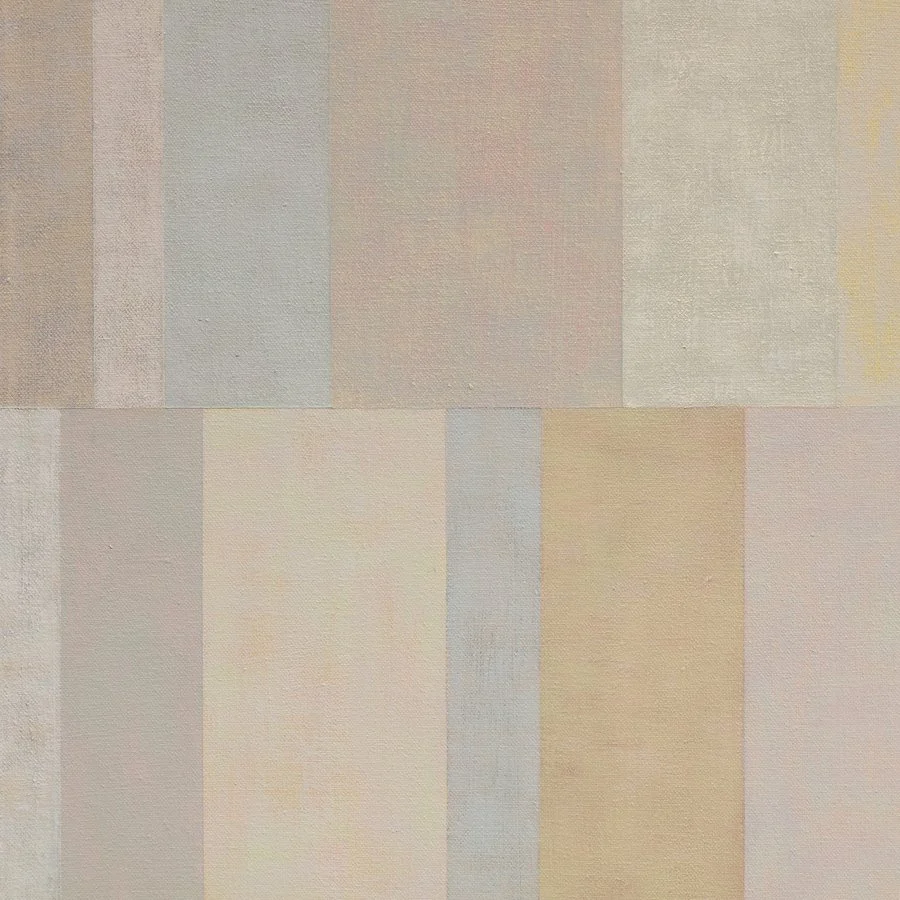So if my paintings are not going to evoke the visceral quality of flesh like the great figure painters, then where do my paintings belong? My use of mass media images suggest that I would fit easily in the company of pop artists, like Andy Warhol. But there is a jaded quality to the critique by these artists. I don't want to mock the images I use, I don't want to de-humanize or caricature those photographed, and I don't feel above the seduction of the fantasy such images are hawking.
I don't know why I am looking for what box I should fit in. Perhaps I am looking for reassurance that I am pursuing a legitimate track, or that I am part of the right conversation. Lately, I have been experiencing what I would describe as a crisis in confidence, an overwhelming desire to be BETTER. And yet I'm not sure what that means at this point for my work, and I'm not sure where to look to find the answer. Does it mean more paint, more distortion, more emotion? In a visual world dominated by slick, bold hits of instant gratification, my work's subtlety and fragility make it feel like the underdog, fighting to be heard amidst the din of so much aggressive visual bellowing.






